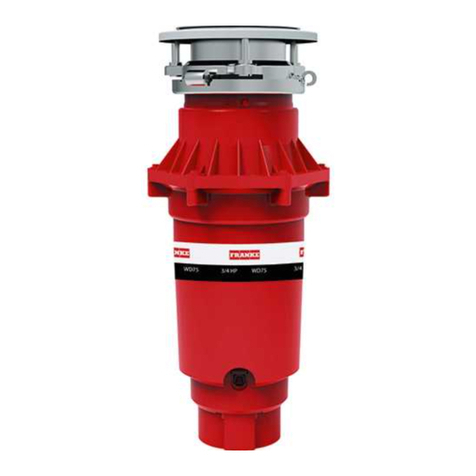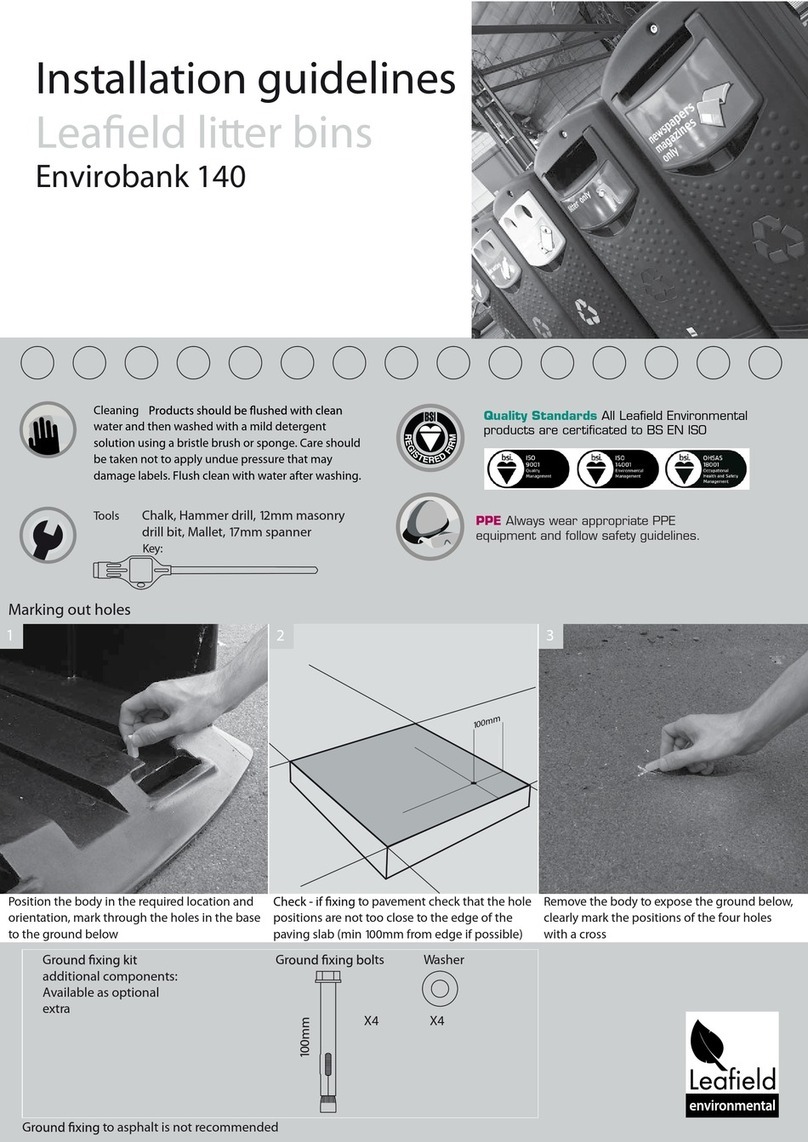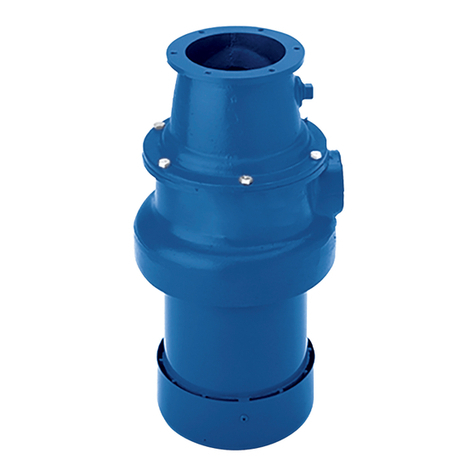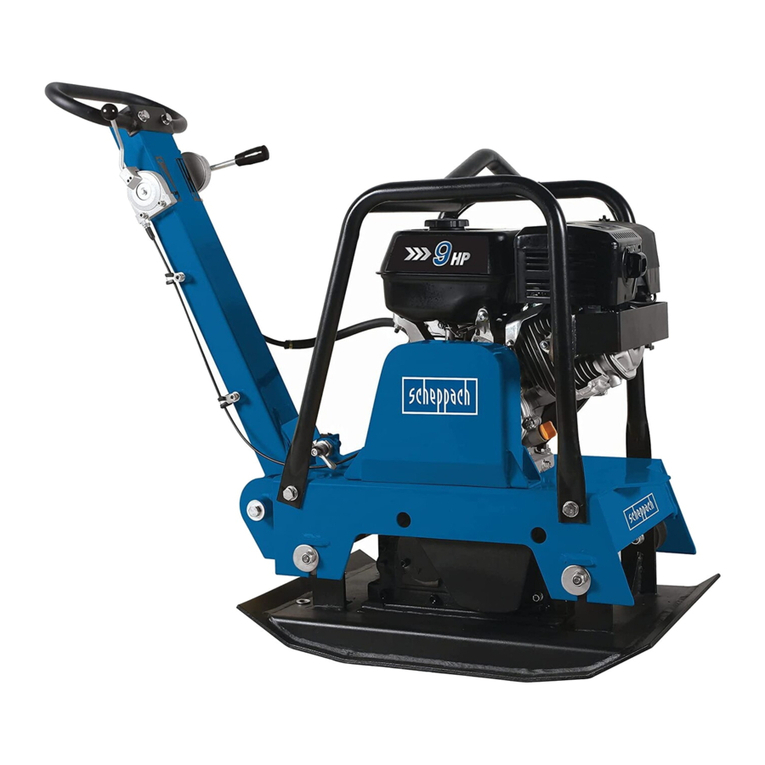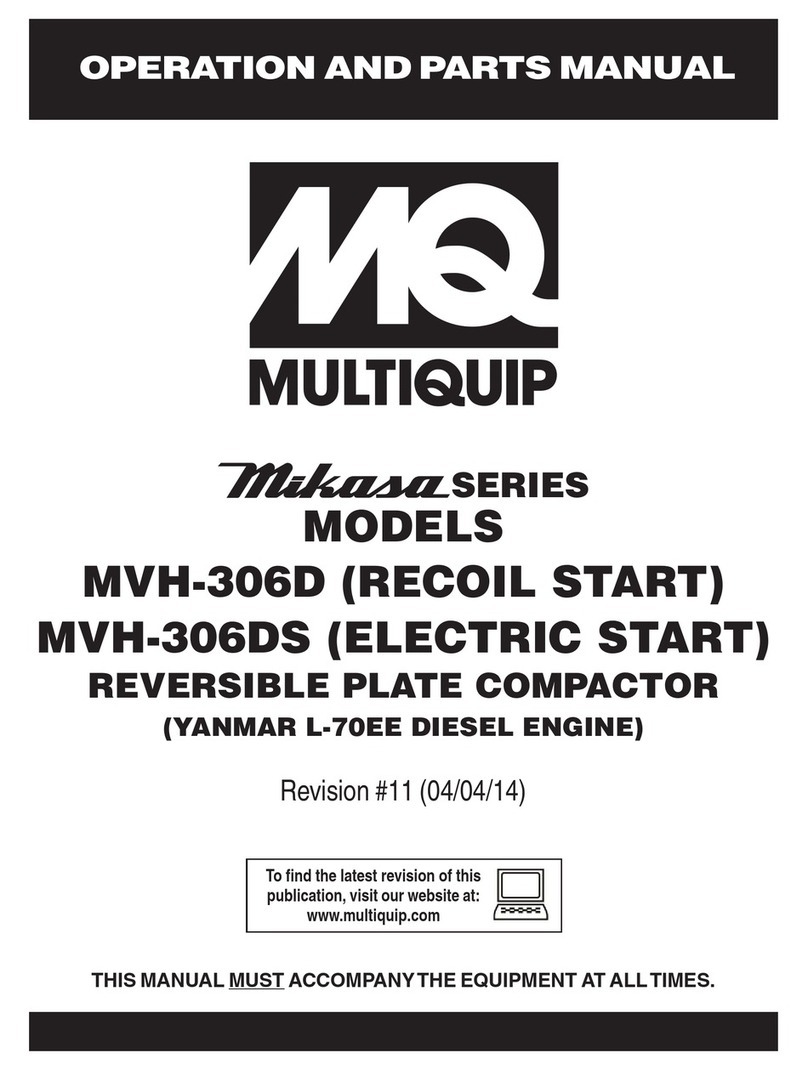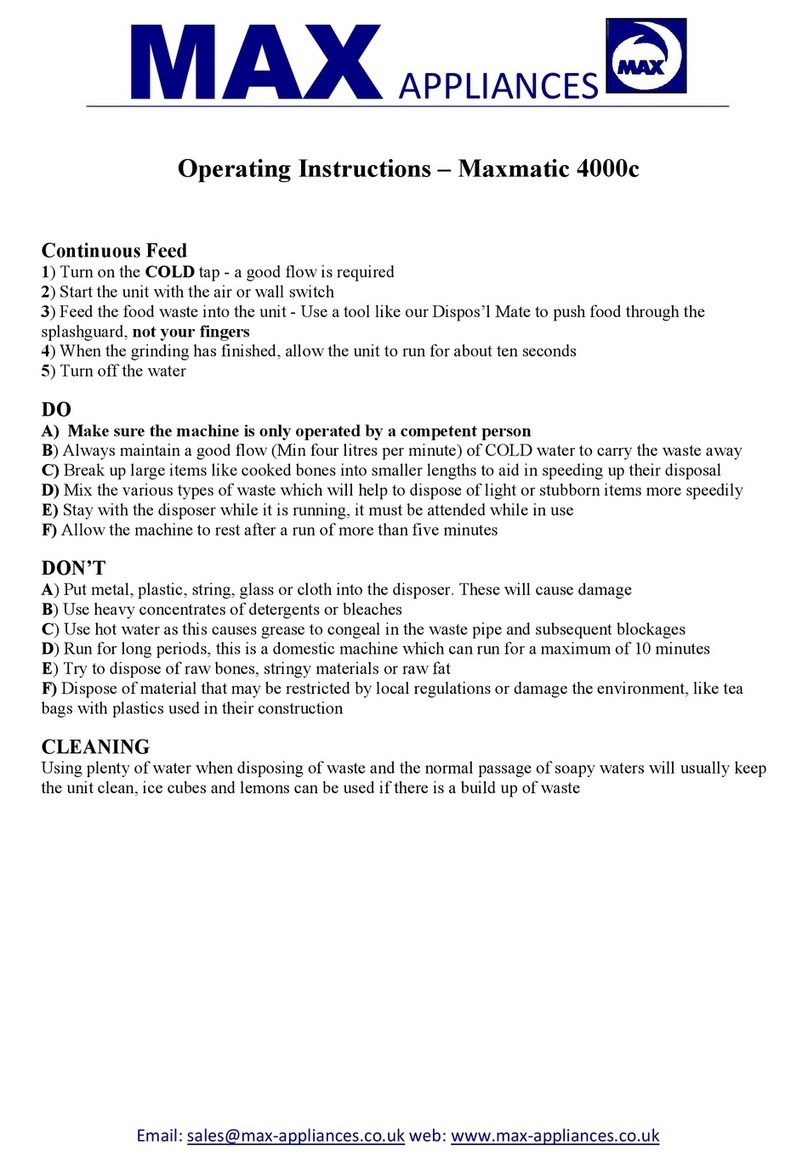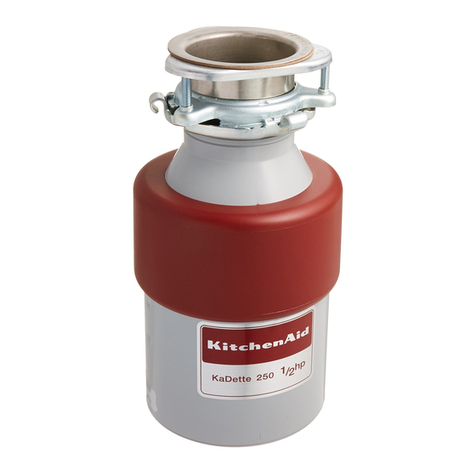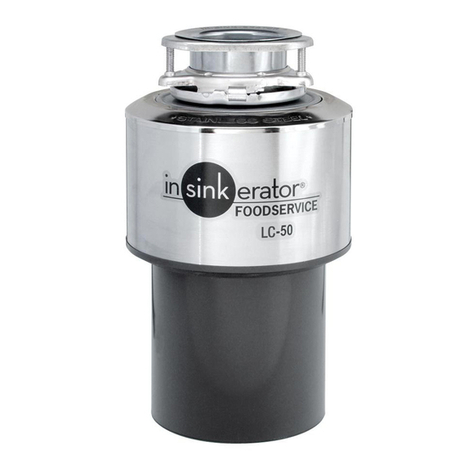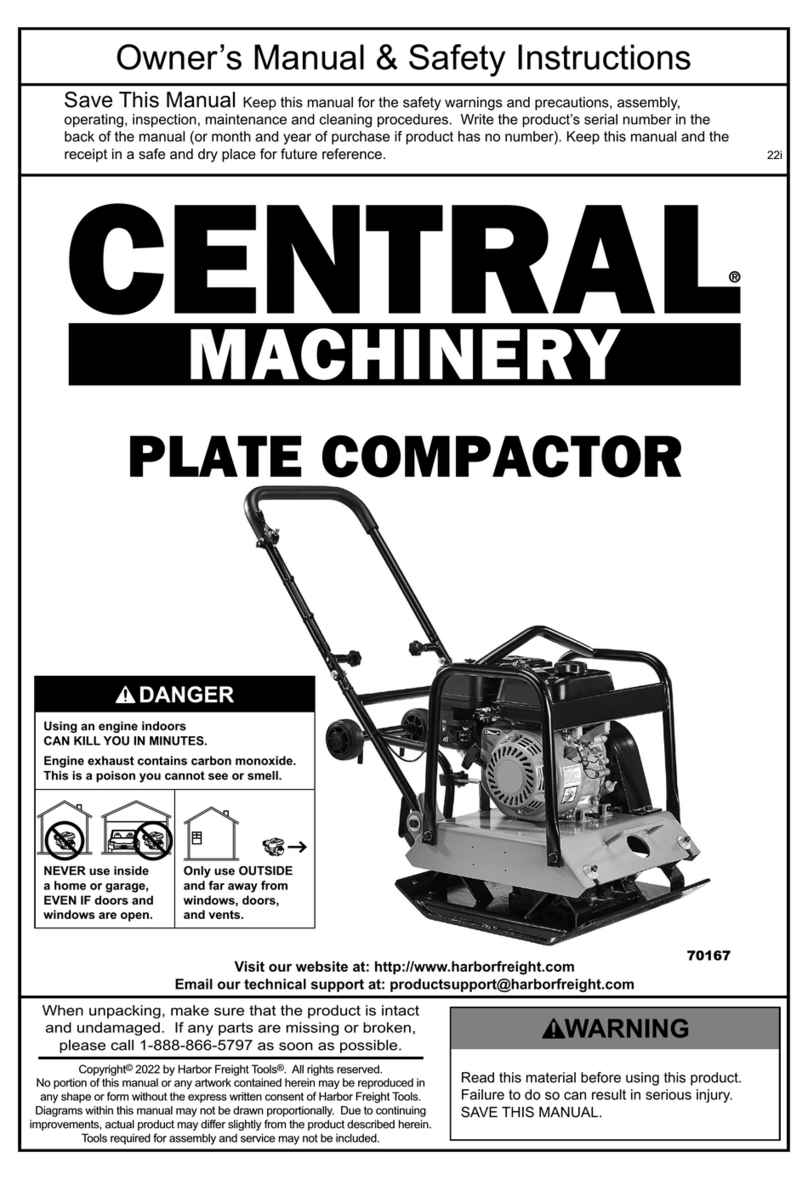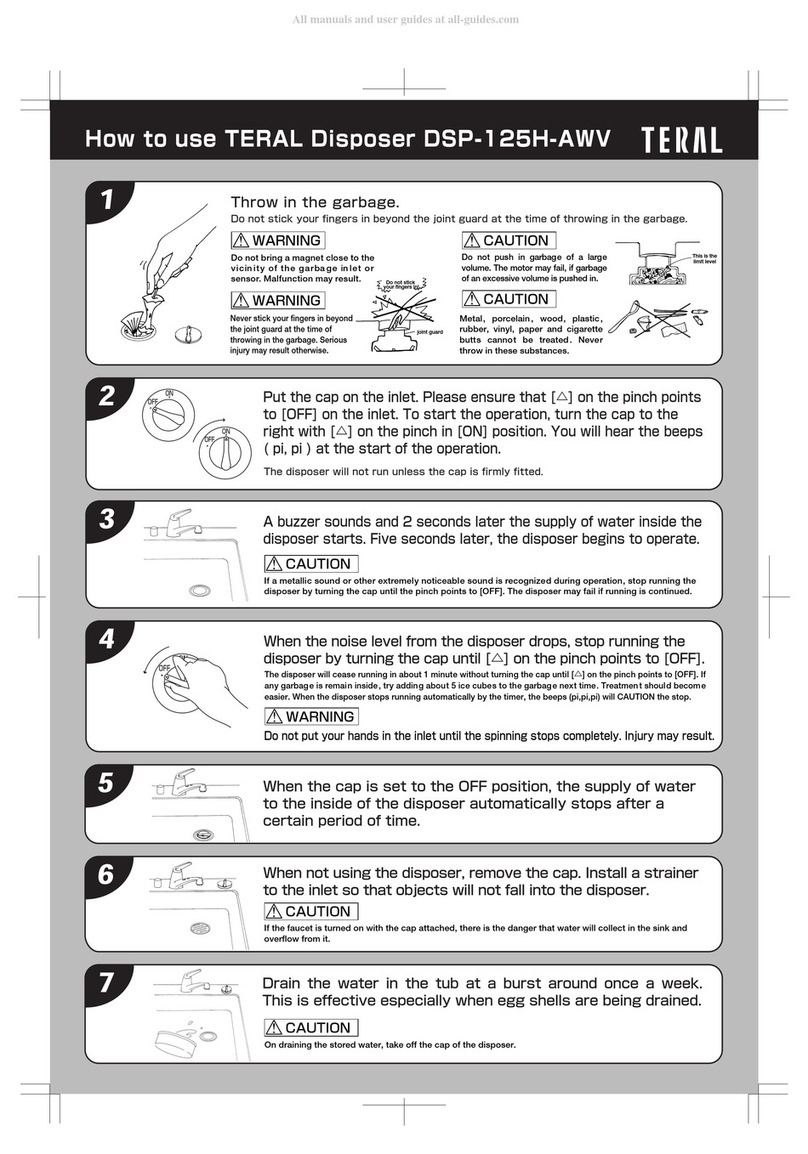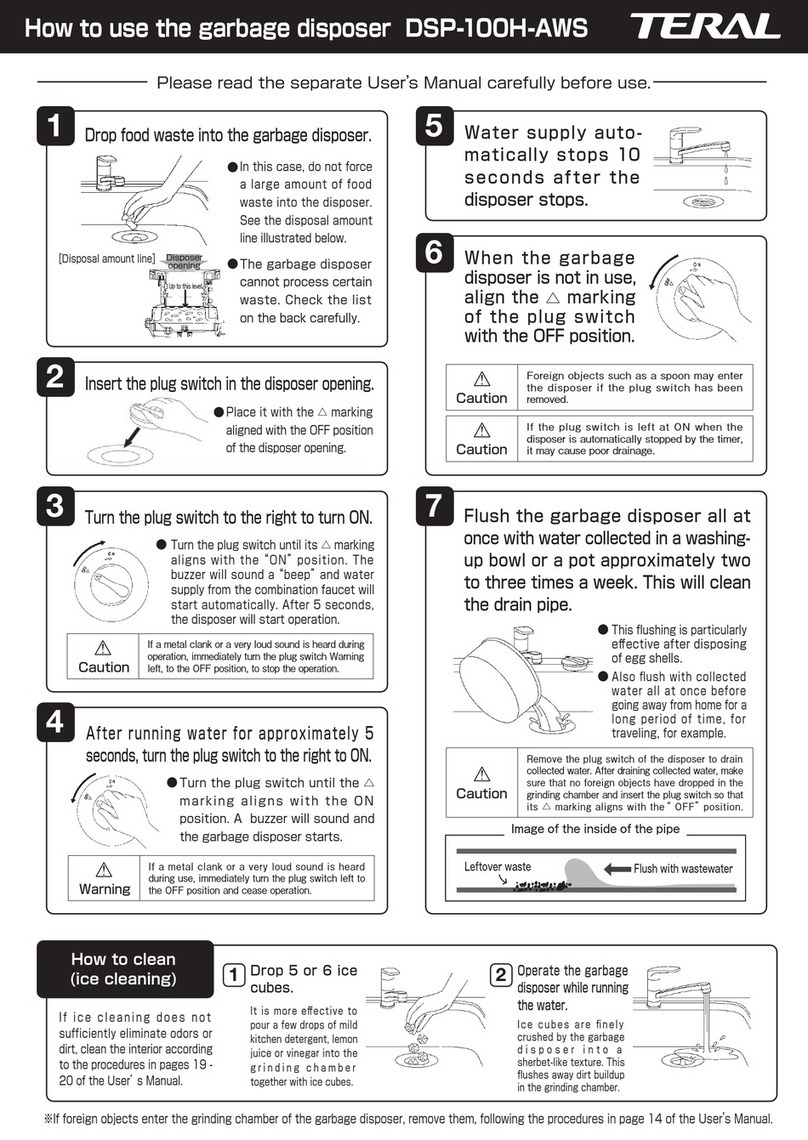
Qualification
Transporting the hydraulic attachment is only
permitted if carried out by people who:
●are authorised to operate a crane or a forklift truck
according to the applicable national provisions,
●know all the relevant national/regional safety
provisions and accident prevention rules,
●have read and understood the safety and transport
chapter of these Safety and operating instructions.
Installing, maintaining, storing and disposing of
the hydraulic attachment are only permitted if carried
out by people who:
●know all the relevant national/regional safety
provisions and accident prevention rules,
●have read and understood these Safety and
operating instructions.
Operating the hydraulic attachment is only permitted
if carried out by qualified carrier drivers. Carrier
drivers are qualified if they:
●have been trained to operate a carrier according
to the national regulations,
●know all the relevant national/regional safety
provisions and accident prevention rules,
●have read and understood these Safety and
operating instructions.
Testing the hydraulic installation is only permitted
if carried out by professionals. Professionals are
people who are authorised to approve a hydraulic
installation for operation according to the national
regulations.
Repairing the hydraulic attachment is only permitted
if carried out by professionals trained by Atlas Copco
Construction Tools. These professionals must have
read and understood these Safety and operating
instructions. Otherwise the operational safety of the
hydraulic attachment is not guaranteed.
Intended use
Only attach the hydraulic compactor to a hydraulic
carrier of a suitable load-bearing capacity. Read the
carrier manufacturer's Safety and Operating
Instructions before attaching the hydraulic compactor
to the carrier and operating it. Observe all
instructions.
Only use the hydraulic compactor for the following
work:
●Compact hard core (granulate material), clay soil
or organic soils.
●Driving in sheeting, supports and uprights.
Intended use also implies observing all instructions
in these Safety and Operating Instructions.
Use other than intended
Never use the hydraulic compactor
●to transport or lift objects
This damages the hydraulic compactor.
●in explosion-hazard environments
Explosions cause serious injury or death.
Protective equipment
Personal protective equipment must comply with the
applicable health and safety regulations.
Always wear the following personal protective
equipment:
●protective helmet
●safety glasses with side protectors
●protective gloves
●protective shoes
●warning vest
Carrier, precautions
WARNING Falling carrier
●If the load-bearing capacity of the carrier used is
insufficient, the carrier will not be stable. It can
topple over and cause injuries and damage.
●Using a carrier whose load-bearing capacity is too
high, may cause mechanical overloading of the
hydraulic compactor.
►Only attach the hydraulic compactor to a hydraulic
carrier of a suitable load-bearing capacity.
►The carrier must remain stable at all times.
►Read the carrier manufacturer's Safety and
Operating Instructions before attaching the
hydraulic compactor to the carrier and operating
it. Observe all instructions.
© 2014 Construction Tools EOOD | No. 3390 5121 01 | 2014-11-19
Original instructions
10
HC 150, 350, 450, 850, 1050, 1055SAFETY INSTRUCTIONS
